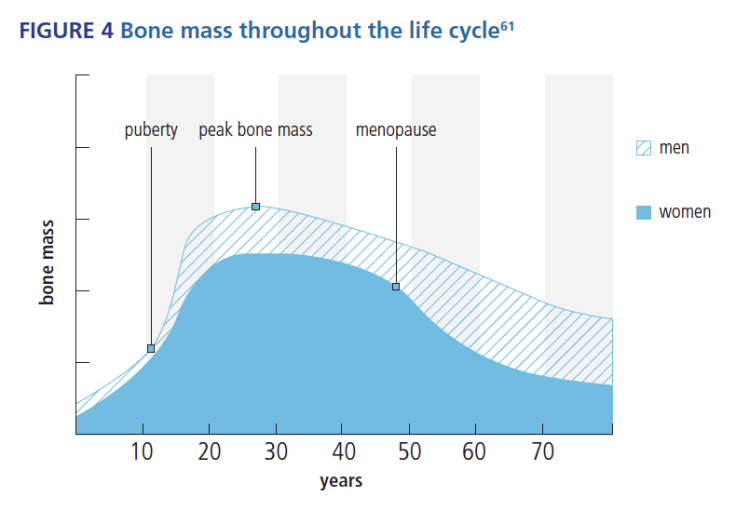World Osteoporosis Day: Men Not Receiving Enough Attention Despite High Rates Of Hip Fractures

World Osteoporosis Day is Oct. 20. In advance of that date, the International Osteoporosis Foundation (IOF) has published new data to awaken us all to an alarming trend. Worldwide, one-third of all hip fractures occur in men, who are twice as likely as women to die after such injury. Clearly, they are the weaker sex when it comes to bone health, with mortality rates rising as high as 37 percent in the first year following a hip fracture.
A Unisex Disease
Osteoporosis is a disease that affects the bones, causing them to become weak and fragile and so more likely to break. Often mistakenly considered a woman's disease, osteoporotic fractures affect one in five men over the age of 50. However, this number is predicted to rise dramatically. By 2050, the number of men over the age of 60 — the group most at risk of osteoporosis — will rise to 900 million. If health care professionals identified osteoporotic men after their first bone break this would dramatically reduce their risk of future fractures and early death, yet fewer than 20 percent are currently assessed and treated.
“It is estimated that the lifetime risk of experiencing an osteoporotic fracture in men over the age of 50 years is up to 27 percent, higher than that of developing prostate cancer,” said Professor John A. Kanis, president of the IOF, adding, “People should not have to live with the pain and suffering caused by osteoporosis as we can help prevent and control the disease.” To highlight the vulnerability of older men, the IOF has released a report, "Osteoporosis in men: why change needs to happen." Key points of the report include:
- A clear sign of osteoporosis in adults is a previous fragility fracture; yet fewer than 20 percent of men who have already broken a bone are assessed and treated.
- Poor lifestyle habits in boys and teens — low levels of vitamin D and calcium intake as well as increasingly sedentary lifestyles — may affect their future risk of osteoporosis.
- One U.S. study showed fewer than five percent of males, as compared to 13 percent of females, received bone mineral density (BMD) testing. Osteoporosis treatment was initiated in less than nine percent of men as compared with 57 percent of women.
- Most clinical trials for medication have been conducted in postmenopausal women, thus licensing treatment for men has been delayed.
- Excessive alcohol consumption (more than two drinks a day) is linked to a 38 percent increased risk of suffering a fragility fracture and a 68 percent increased risk of hip fracture.
- Smoking is associated with an increased risk of suffering broken bones: 29 percent increased risk of any fragility fracture; 68 percent increased risk of hip fracture.




























